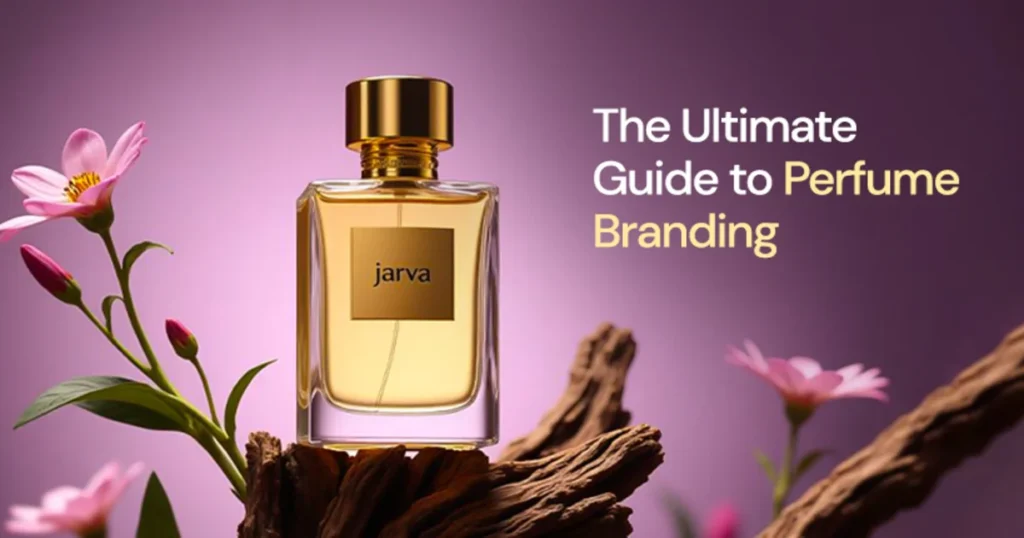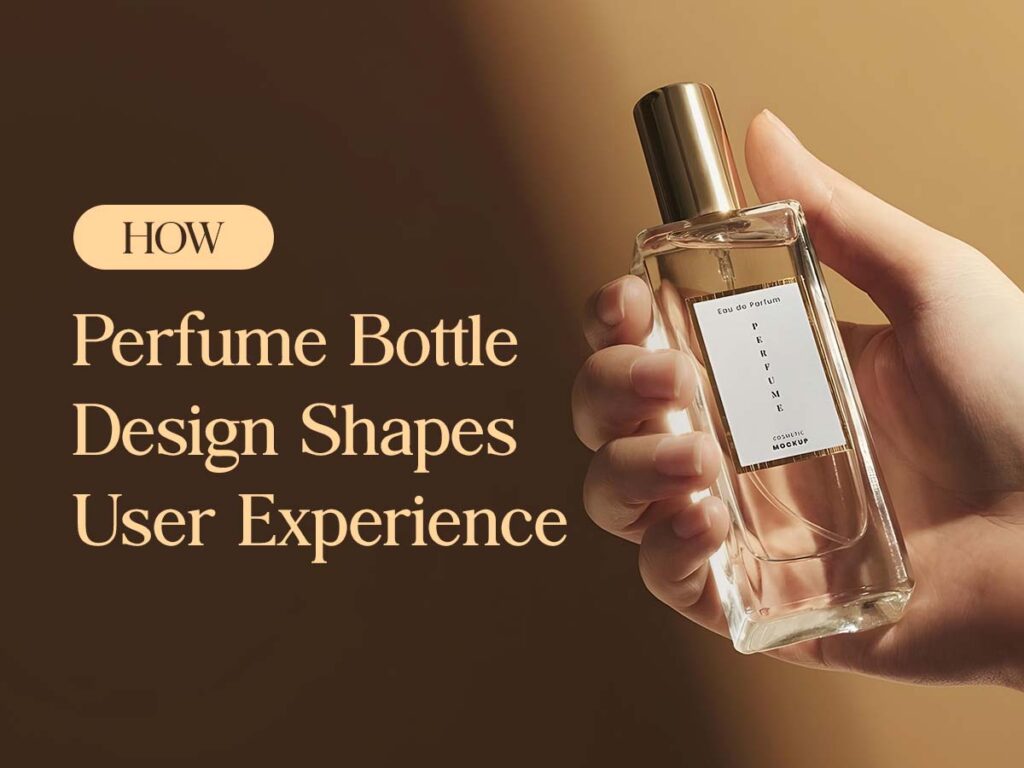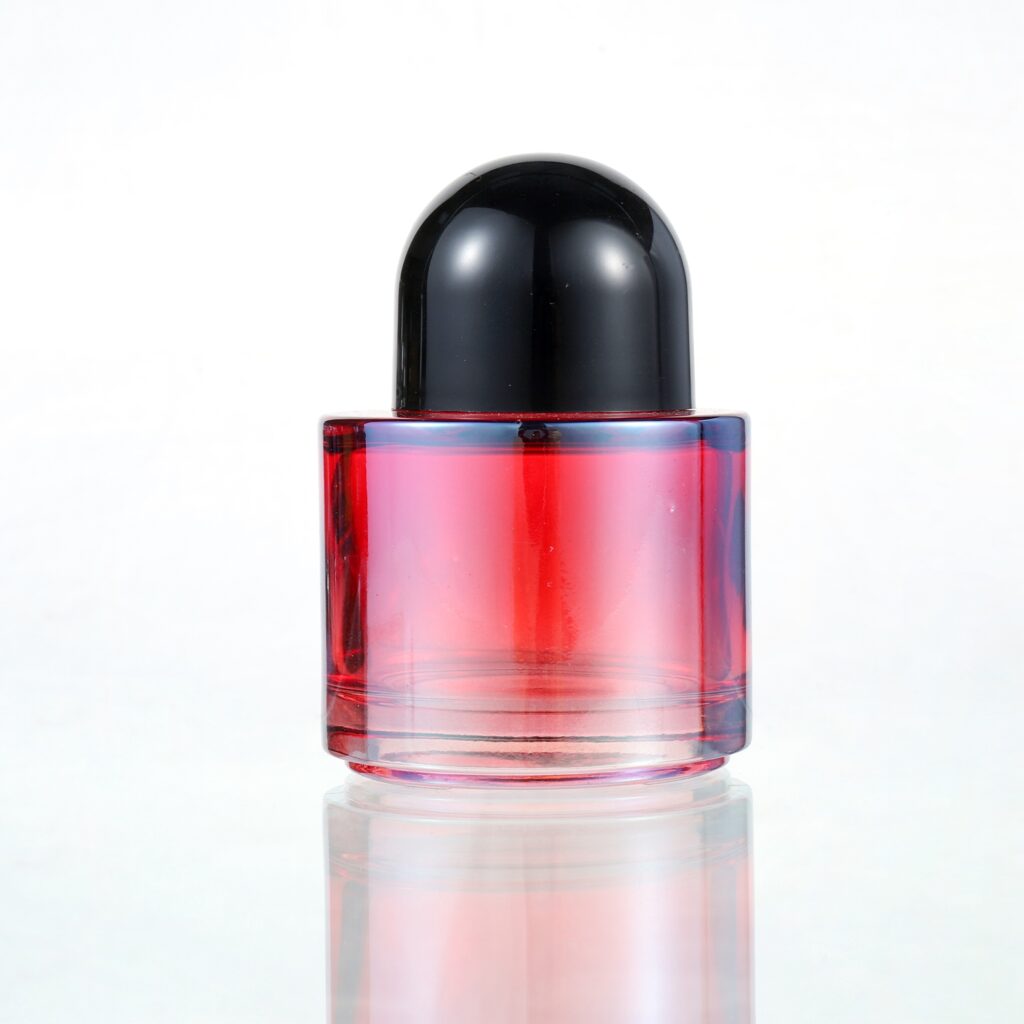Have you ever picked up a perfume just because the bottle looked amazing? That is the magic of perfume branding. In this guide, we’ll walk through how to create a standout perfume brand. It’s simple, fun, and full of tips to help your fragrance shine.
What is Perfume Branding?
Perfume branding is more than a pretty label. It’s how you make your scent feel special and unique. In a market worth about $60 billion in 2025, strong branding helps you stand out. Without it, your perfume might get lost on the shelf.
Branding creates an emotional connection between fragrance, identity, and consumer loyalty. Think about how a whiff of a scent can bring back memories. Good branding ties that feeling to your product. It helps customers feel a personal connection, as if the perfume reflects who they are.
Effective 4 Steps Guide to Perfume Branding
Here’s a quick overview of our 4-step process: define your brand, build a cohesive identity, design packaging that tells a story, and finally amplify it all.
Step 1: Define Your Perfume Brand
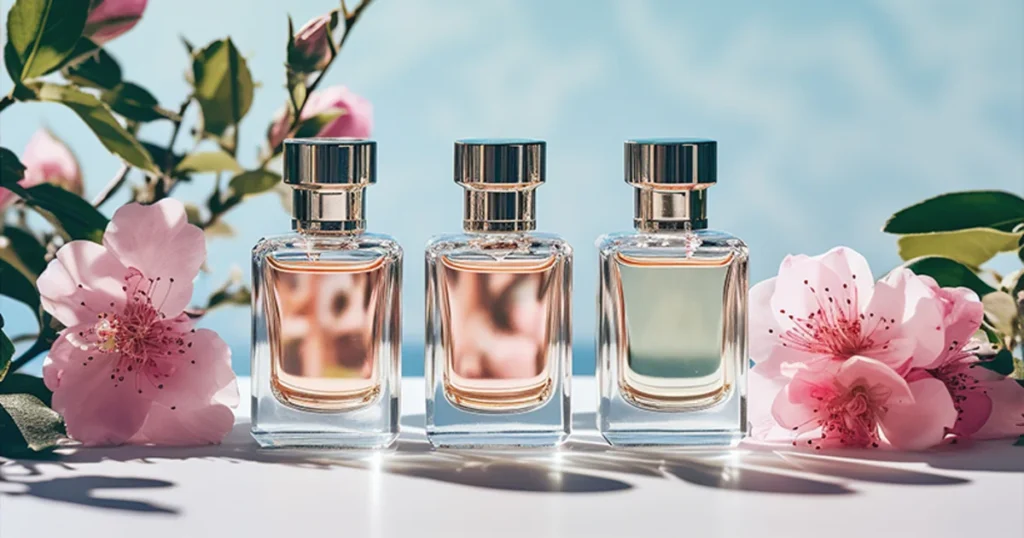
Conduct In-Depth Market Research
Start by identifying your target audience. Who are they? Consider their age, interests, daily life, and what they value most. For example, young adults might love fun, eco-friendly scents, while older customers may lean toward timeless luxury.
Understand consumer preferences like luxury vs. affordable, sustainable vs. trendy. Did you know niche perfumes already make up 12–15% of the market and are growing fast? Trends also show people want genderless fragrances and scents tied to emotions.
Use tools like surveys, focus groups, or social listening on X posts and Instagram trends. Google Trends and keyword research help too.
Analyze Competitors
Study competing perfume brands in your niche, such as luxury, indie, or eco-conscious ones. Compare their prices, packaging looks, messages, and where they sell.
For instance, big names like Chanel focus on timeless style, while indie brands highlight unique stories. Look also at younger brands like Byredo or D.S. & Durga that built strong identities without relying on heritage.
Tools like SEMrush or Ahrefs can show their keyword strategies and links. This helps you to identify areas where your brand can stand out and improve.
Craft a Unique Value Proposition (UVP)
Ask yourself: Why should customers choose your perfume? Highlight what makes it special, like sustainable sourcing, rare scents, or premium packaging from Olila Perfume.
Think about emotional, financial, and experiential value. Brands like Creed offer bold, fruity notes for adventure seekers. Jo Malone tells stories that connect with personal moments, while Le Labo focuses on hand-made fragrances that offer a distinct, exclusive feel.
A strong UVP makes your brand memorable. As Coco Chanel said, “No elegance is possible without perfume. It is the unseen, unforgettable, ultimate accessory.” Make yours that must-have item.
Step 2: Build a Cohesive Brand Identity

Define Your Brand Personality
Choose a personality that fits: luxurious, modern, playful, vintage, or eco-conscious. This shapes how people feel about your perfume.
Personality influences emotions and buying. A playful brand might make someone smile and grab it for a fun day out. Align it with your audience’s values, like sustainability for eco-lovers.
Establish Brand Voice & Tone
Maintain a consistent tone across all platforms, including your website, social media, packaging, and advertisements. It could be romantic with flowery words, bold and confident, or minimalist and straightforward.
For example, a romantic tone uses poetic descriptions, like tying scents to love stories.
Create a Memorable Visual Identity
Logo Design: Make a logo that’s unique and tells your brand story. It should be simple yet striking.
Typography: Pick fonts that match your vibe. Use flowing, elegant fonts for a luxurious feel, and simple, sans-serif fonts for a modern look.
Color Palette: Colors spark feelings. Gold says luxury, green means eco-friendly, and pastels feel playful.
Imagery Style: Go for dream-like photos or everyday shots that people relate to.
Make a brand style guide to ensure everything matches across your branding. Olila Perfume’s custom solutions can make your visuals pop on packaging.
Step 3: Design Packaging That Tells a Story
Packaging plays a major role, 72% of people say the design influences their purchase decisions And 60% avoid ugly packaging. It’s your silent seller.
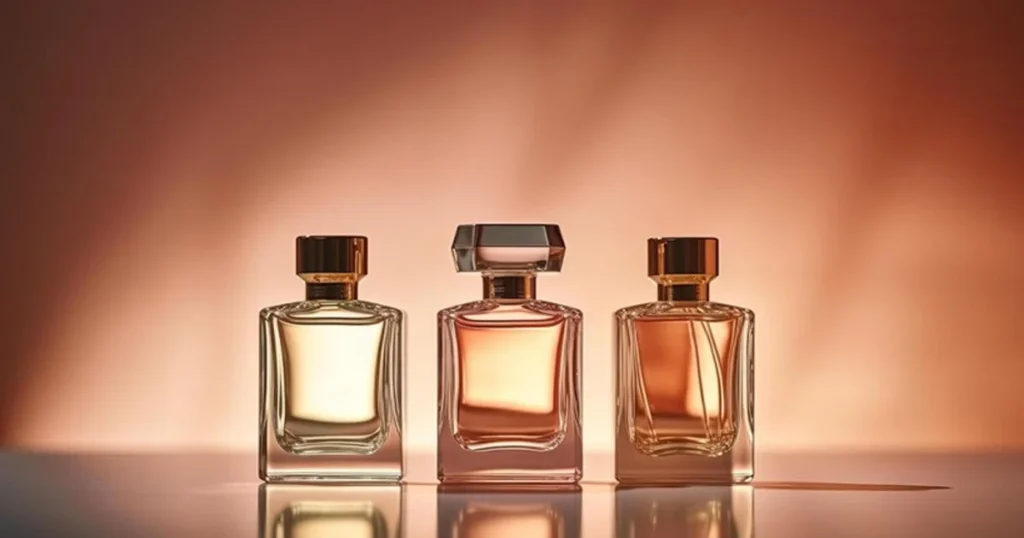
Perfume Bottle Design
Explore shapes, sizes, and caps. Minimalist for clean looks, ornate for fancy, avant-garde for bold.
Iconic examples: Chanel No. 5 is timeless and elegant. Byredo keeps it chic and simple. Marc Jacobs Daisy is playful with a flower top.
Bottle design boosts user experience and value. Olila Perfume excels at custom bottles that fit your brand perfectly.
Perfume Label Design
Balance looks and function. Minimalist labels are sleek; ornate ones add drama.
Include your logo, scent name, and must-haves like ingredients and size. Labels should add to the story without clutter.
Perfume Box Design
Turn the unboxing into a memorable moment that connects with customers emotionally. Select materials that match your brand, such as glossy surfaces for a luxurious feel or recycled materials for an eco-conscious touch.
Include small, thoughtful details inside, such as embossed logos, soft textures, or personal messages.
Step 4: Amplify Your Perfume Brand
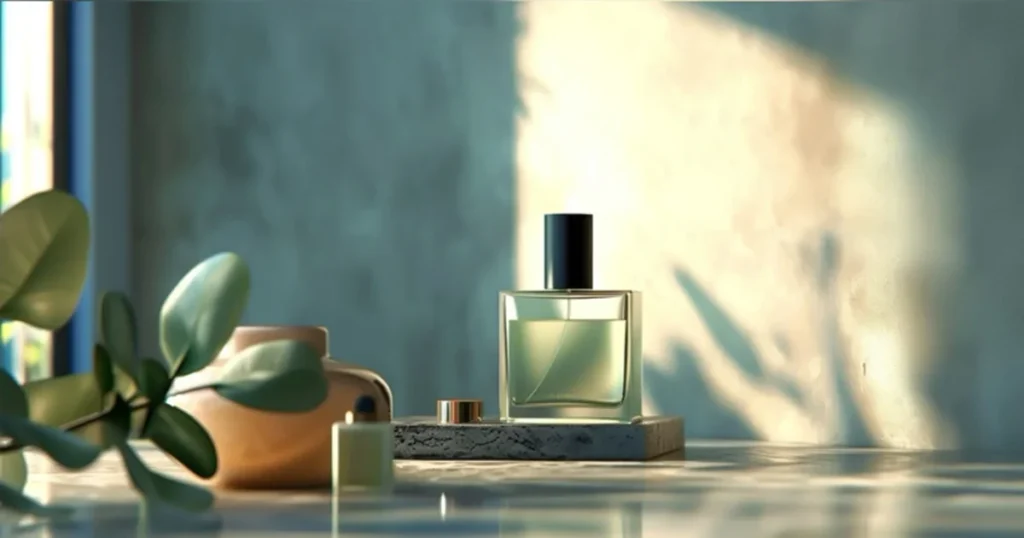
Leverage Storytelling
Every scent needs a story, like romance or adventure. Connect it to names, packaging, and ads.
Jo Malone links scents to personal tales, making them feel special. As Francis Kurkdjian notes, “Perfume is the art that makes memory speak.” Use that to draw people in.
Marketing & Advertising Strategies
Social Media: Run campaigns on Instagram, TikTok, and X to show your personality. Share behind-the-scenes or user stories.
Influencer Partnerships: Team up with beauty pros for real reviews and samples. It builds trust.
SEO & Content Marketing: Create articles such as ‘Choosing the Perfect Perfume’ to draw in readers and boost visibility.
Paid Ads: Target keywords like “best niche perfumes” on Google or social.
Local SEO: For stores, update Google Business Profiles with keywords like “luxury perfumes in your city.”
Trends for 2025 include savory gourmands like rice or butter notes, and earthy florals. Tap into that!
Create Memorable Perfume Names
- Pick names that are easy to say and stir feelings. Skip clichés like “Eau de” and check rivals.
- Match the name to your personality. A name like “Whisper of Woods” fits an eco-story.
Ensure Brand Consistency
- Keep one message across everything: logo, packaging, site, and marketing. It builds trust and keeps fans coming back.
- Tools like Canva or Adobe help make assets match easily.
Common Mistakes to Avoid in Perfume Branding
- Don’t skip market research—you might miss your audience.
- Avoid copying competitors. Be original to stand out.
- Keep packaging simple. Too much can cost extra and confuse users.
- Stay consistent across platforms, or you’ll lose trust.
- Don’t ignore SEO and digital marketing. They’re key to growth.
Conclusion
To recap: Define your brand with research and a UVP. Build identity through personality, voice, and visuals. Design packaging that tells stories. Amplify with marketing, stories, names, and consistency.
Perfume branding is about creating emotional connections, not just selling a scent. As Christian Dior said, ‘Perfume represents a woman’s identity and is the finishing touch to her style.’ Make your fragrance one that leaves a lasting impression.
Ready to begin? Explore custom perfume bottles and packaging solutions to bring your brand to life. Visit our website today and build your unique perfume identity.




